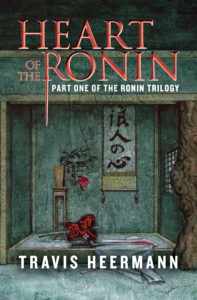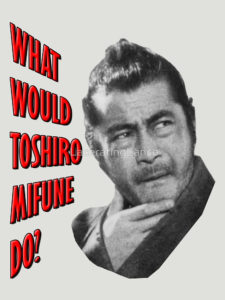One of the great things about historical fiction, if you’re open to it, is the chance to read stories you’ve never heard from places you haven’t given any thought to and learn a little in the process. Take, for instance, Hildegard of Bingen. I’ll lay money you didn’t know she was Germany’s first female physician. I wouldn’t know either except for “The Greenest Branch,” by P K Adams.
Alright, lady. What’s your story?
 I’m a Boston-based historical fiction author with a master’s degree in European Studies. I’m a life-long lover of history, and my goal is to bring stories of lesser-known historical figures and places to the attention of wider audiences. The Greenest Branch is my debut novel, with the second book in the series slated for release in early 2019. When not writing, I can be found drinking tea, practicing yoga, reading …. although usually not at the same time.
I’m a Boston-based historical fiction author with a master’s degree in European Studies. I’m a life-long lover of history, and my goal is to bring stories of lesser-known historical figures and places to the attention of wider audiences. The Greenest Branch is my debut novel, with the second book in the series slated for release in early 2019. When not writing, I can be found drinking tea, practicing yoga, reading …. although usually not at the same time.
I was gonna say, that could get messy. Anyway, what’s “The Greenest Branch” about?
The Greenest Branch is based on the true story of Hildegard of Bingen (c.1098-1178), Germany’s first female physician. Living in the 12th century, she faced an uphill battle in her quest to gain the necessary medical education to be able to practice what was referred to then as “the healing arts.” Opposition to what she wanted to do was rooted not just in the prevailing social norms, but also in the Church’s attitudes towards women and towards the use of herbs (which it tended to conflate with witchery).
But it was not just the patriarchy that Hildegard had to deal with on her journey – she also faced difficult personal choices. In the book, I try to balance her achievements against the sacrifices she had to make, sacrifices that I believe ring true even all those centuries later.
What is it about Hildegard and the time period that drove you to write about her?
I have been a fan of medieval history for a long time, but I did not hear about Hildegard of Bingen until I took a history of music class in college (yes, she was also a composer, a writer, a philosopher, basically a jack-of-all-trades – in an era where most women could not even read or write). So I became captivated by her accomplishments and began to read more about her to find out how she was able to become a pioneer in so many fields reserved as a man’s domain in her time.
Interestingly, the record of her early life is pretty sparse, and I saw that as a chance to write a fictionalized account of how she rose to such prominence despite not being a royal wife or daughter. Some of the details may be fictionalized, but the story broadly follows Hildegard’s life journey.
Without giving away too much, what’s your favorite scene in the book?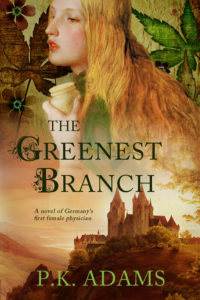
In a scene quite early in the book, when Hildegard is only 13 years old and has just started working as an assistant to Brother Wigbert, the abbey physician, she asks him if women can also become physicians. Here’s the exchange:
“Can women study to be physicians, Brother?”
“No.”
“Why?”
“It is the natural order of things,” he replied, “that women should rear children since they are the gentler and more nurturing of the sexes. Who would guard the family hearth if they were to go to schools?”
I pondered this, frowning. “But if women are better at caring for others, they should make better doctors too, shouldn’t they?”
Wigbert looked momentarily surprised, then chuckled. “You make clever arguments, Hildegard, but studying requires well-developed reasoning faculties, which women do not possess, being more impulsive and less logical than men.”
I considered pointing out the contradiction but decided not to.
I love that scene because it shows the prevailing medieval beliefs regarding women’s intellectual abilities (I did not make Wigbert’s statement up, it’s based on how women were generally viewed). It also debunks them by pointing out the fundamental flaw of this way of thinking. Still, I feel a bit bad for Brother Wigbert because he is actually one of the good guys in the story – he becomes Hildegard’s mentor as her talent and determination become evident. However, there is another monk – the abbey’s prior – who is the antagonist and whose entire existence is absorbed by his efforts to make it impossible for Hildegard to achieve her dream of becoming a physician. As you can see, she had her work cut out for her.
Where can people find more about you and your work?
My book is available on Amazon US: https://amzn.to/2IPpj7h
and also Amazon UK, Canada, Australia, France, Germany, Italy, and several other marketplaces
My Goodreads author page URL: https://www.goodreads.com/pk_adams
Twitter: @pk_adams
Subscribe to my newsletter and get a chance to win a signed paperback copy of Acre’s Bastard. Each month you’ll receive links to interviews with great authors, news about upcoming events and previews of my work in progress, Acre’s Orphans. Look at the bottom left of the page for the sign-up sheet. No spam, just once a month updates and a chance to learn about great new Historical Fiction of all types from around the world.


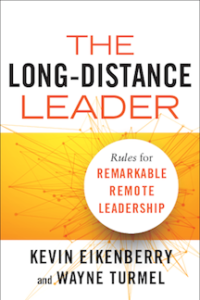
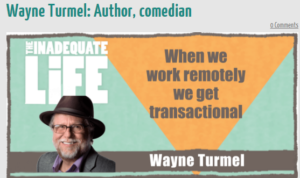

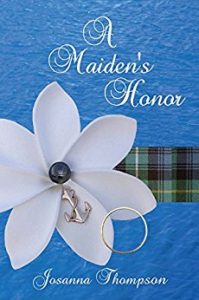



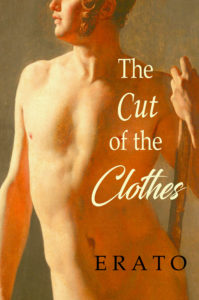
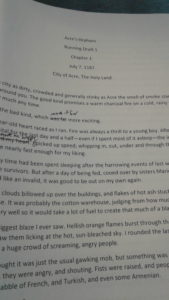
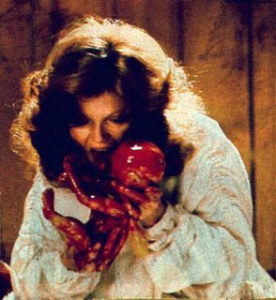
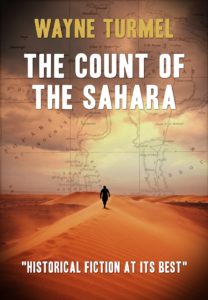
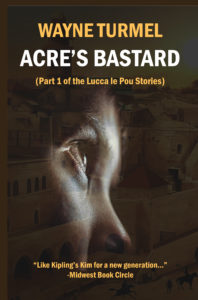

![The Sons of Hernan Garcia by [Ameringer, Charles]](https://images-na.ssl-images-amazon.com/images/I/41wHiDtXpvL.jpg)

